Table of Contents
Introduction
Full Stack Developer Roadmap is the ultimate guide for anyone who wants to become a professional full stack developer in 2025. This roadmap will take you step-by-step through everything you need to master: from frontend technologies like HTML, CSS, JavaScript, React, and Vue.js, to backend frameworks such as Node.js, Express, Django, and Flask. You’ll also learn database management with MongoDB, deployment on cloud platforms like AWS and Azure, and essential DevOps tools including Docker, Kubernetes, and CI/CD pipelines. By following this roadmap, you can go from a complete beginner to a job-ready full stack developer in about 6–8 months
Phase 1: Basics of Web Development (HTML, CSS, JavaScript)
Duration: 4–6 weeks
Goal: Understand the fundamentals of web pages, styling, and dynamic behavior.
Week 1–2: HTML
- Learn tags, elements, forms, tables, lists, links, images, audio/video, semantic HTML.
- Practice by creating small webpages.
- Resource: MDN HTML Docs
Week 3–4: CSS
- Learn selectors, box model, colors, typography, flexbox, grid, transitions, animations, responsive design.
- Build landing pages or portfolio pages.
- Resource: CSS Tricks
Week 5–6: JavaScript
- Learn variables, functions, loops, arrays, objects, ES6+ features (arrow functions, template literals).
- Learn DOM manipulation, event listeners, forms validation.
- Build interactive features like image sliders, calculators, to-do lists.
- Resource: JavaScript.info
Phase 2: Advanced Frontend & Frameworks (React & Vue.js)
Duration: 6–8 weeks
Goal: Build interactive, component-based applications.
Week 7–9: React
- Components, props, state, hooks (useState, useEffect), forms, conditional rendering.
- Learn React Router, Context API for state management.
- Build a small project: e.g., To-Do App or Weather App.
- Resource: React Official Docs
Week 10–11: Vue.js
- Learn reactive data, directives, components, Vue CLI, Vue Router, Vuex.
- Build a simple project: e.g., Blog or Shopping Cart.
- Resource: Vue Official Docs
Week 12: Frontend Mastery
- Practice combining React/Vue with CSS frameworks like Bootstrap/Tailwind.
- Deploy a frontend project on Netlify or Vercel.
Phase 3: Backend Development (Node.js, Express, Django, Flask)
Duration: 6–8 weeks
Goal: Understand server-side development and API creation.
Week 13–15: Node.js + Express.js
- Learn Node.js basics: modules, file system, events.
- Express.js: routing, middleware, request/response.
- Build REST APIs: GET, POST, PUT, DELETE endpoints.
- Practice with Postman.
- Project: Simple Blog API or Task Manager API.
Week 16–17: Python Backend (Django & Flask)
- Django: Models, Views, Templates, ORM, Authentication.
- Flask: Lightweight API, routing, templates.
- Project: Blogging platform or user management system.
Phase 4: Database Management (MongoDB, SQL)
Duration: 3–4 weeks
Goal: Learn to store, retrieve, and manipulate data.
Week 18–19: MongoDB
- Collections, documents, CRUD operations, queries, aggregation.
- Connect Node.js/Express API to MongoDB using Mongoose.
- Project: Store and fetch blog posts, user info.
Week 20: SQL Basics
- Tables, joins, queries, normalization.
- Optional: PostgreSQL or MySQL integration.
Phase 5: Version Control & Collaboration
Duration: 1 week
Goal: Learn professional code management.
- Git: init, commit, branch, merge, rebase.
- GitHub: push, pull, fork, PRs, collaborative workflows.
- Project: Push all frontend/backend projects to GitHub.
Phase 6: REST APIs & Integration
Duration: 2 weeks
- Understand REST concepts: GET, POST, PUT, DELETE.
- JWT authentication, OAuth basics.
- Connect frontend to backend using Axios or Fetch API.
- Build a full-stack app: React + Node + MongoDB.
Phase 7: Build Tools & Bundlers
Duration: 1 week
- Webpack: module bundling, loaders, plugins.
- Babel: ES6+ transpilation.
- NPM/Yarn for package management.
- ESLint & Prettier for code quality.
Phase 8: Cloud Platforms (AWS & Azure Basics)
Duration: 3 weeks
- AWS: EC2, S3, Lambda, RDS, CloudFront.
- Azure: App Services, Azure Functions, Storage Accounts.
- Deploy small projects to the cloud.
Phase 9: Deployment & CI/CD Pipelines
Duration: 2–3 weeks
- Docker: containers, images, Dockerfile, Docker Compose.
- Kubernetes: pods, deployments, scaling.
- CI/CD: GitHub Actions or Jenkins to automate build and deployment.
- Deploy full-stack apps to AWS, Heroku, or Netlify.
Phase 10: Portfolio & Projects
Duration: 2–3 weeks
Build a professional portfolio showcasing:
- E-commerce website (React + Node + MongoDB)
- Blog platform (Django + React)
- Chat application (Socket.io + Node.js)
- Include GitHub links, live demo links, and screenshots
Phase 11: Continuous Learning & Practice
- Learn TypeScript, Next.js, NestJS for more backend/frontend opportunities.
- Keep building projects and contributing to open source.
- Prepare for interviews: Data structures, algorithms, system design, and behavioral questions.
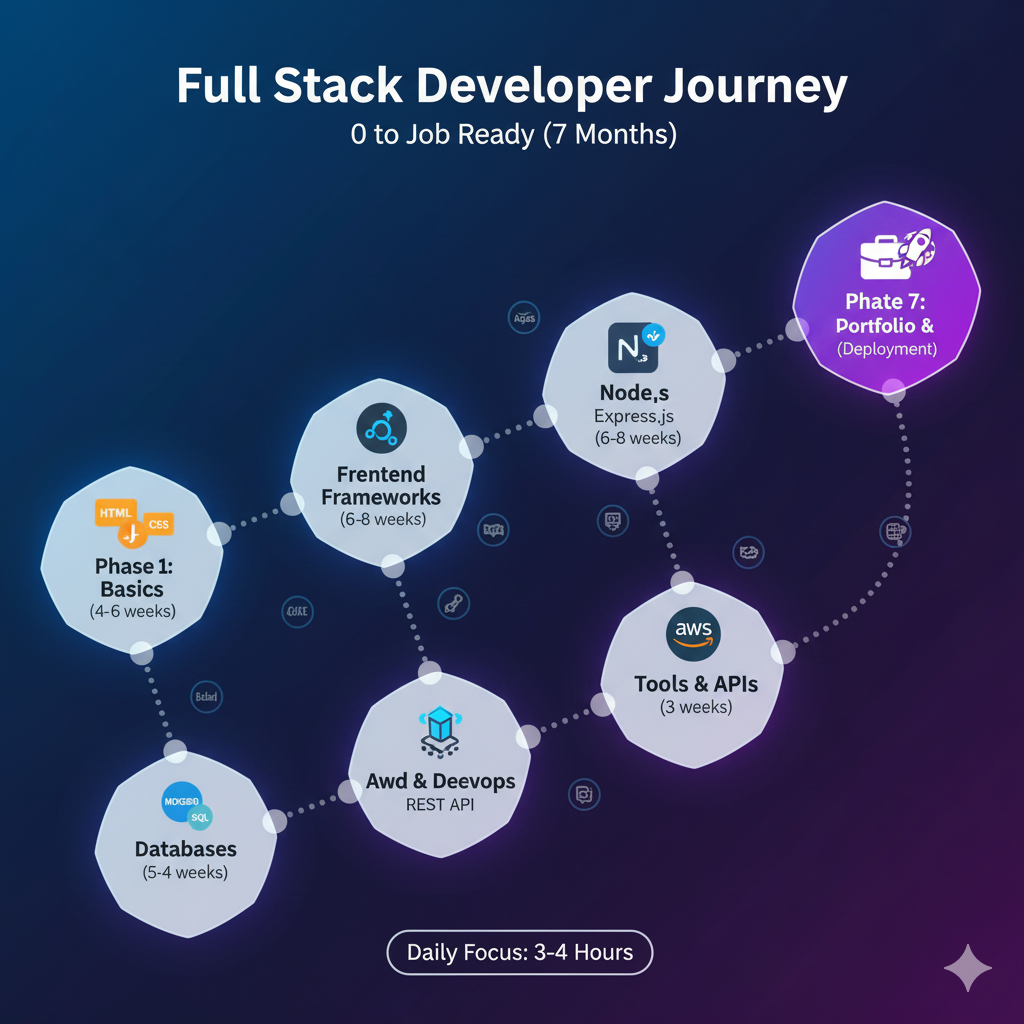
Estimated Total Duration: 6–8 months
- Basics (HTML, CSS, JS): 6 weeks
- Frontend Frameworks: 6–8 weeks
- Backend: 6–8 weeks
- Database: 4 weeks
- Version Control, API, Tools: 4–5 weeks
- Cloud & Deployment: 5–6 weeks
- Portfolio & Projects: 3 weeks
Total: ~7 months for a job-ready skillset (with 3–4 hours/day)
Tips to Master Full Stack Development Quickly
- Practice coding daily and build real-world projects.
- Read official documentation for every tool/framework.
- Use YouTube tutorials, Udemy, or freeCodeCamp for hands-on exercises.
- Participate in GitHub projects to improve teamwork skills.
- Deploy every project live to showcase your skills.
This roadmap is step-by-step, practical, and actionable, allowing you to go from zero knowledge to full-stack developer in about 7 months.
If you’re enjoying this beginner-friendly Java series, here are a few of my other helpful posts that you might find useful:
You May Also Like
- Java Introduction to Programming: My Exciting Day 1 Journey from Zero to Beginner
My personal first-day experience learning Java — from setting up the environment to writing my very first program. - Java Learning Roadmap 2025 – From Zero to Hero
A step-by-step guide to how I plan to learn Java in 2025, perfect for beginners like me. - Aptitude Tricks for Beginners – Easy Mental Math Techniques
Quick tricks for multiplication, LCM, squaring, and cubes — useful for placement and coding exams. - Types of Nouns in English Grammar – Simple Explanation with Examples
Learn all types of nouns clearly with examples — great for communication skills and competitive exams. - Data Cleaning with Titanic Dataset – A Beginner’s Guide
Learn the complete, beginner-friendly process of cleaning and preparing the Titanic dataset for machine learning, with practical examples and tips. - History Of Java Programming Language

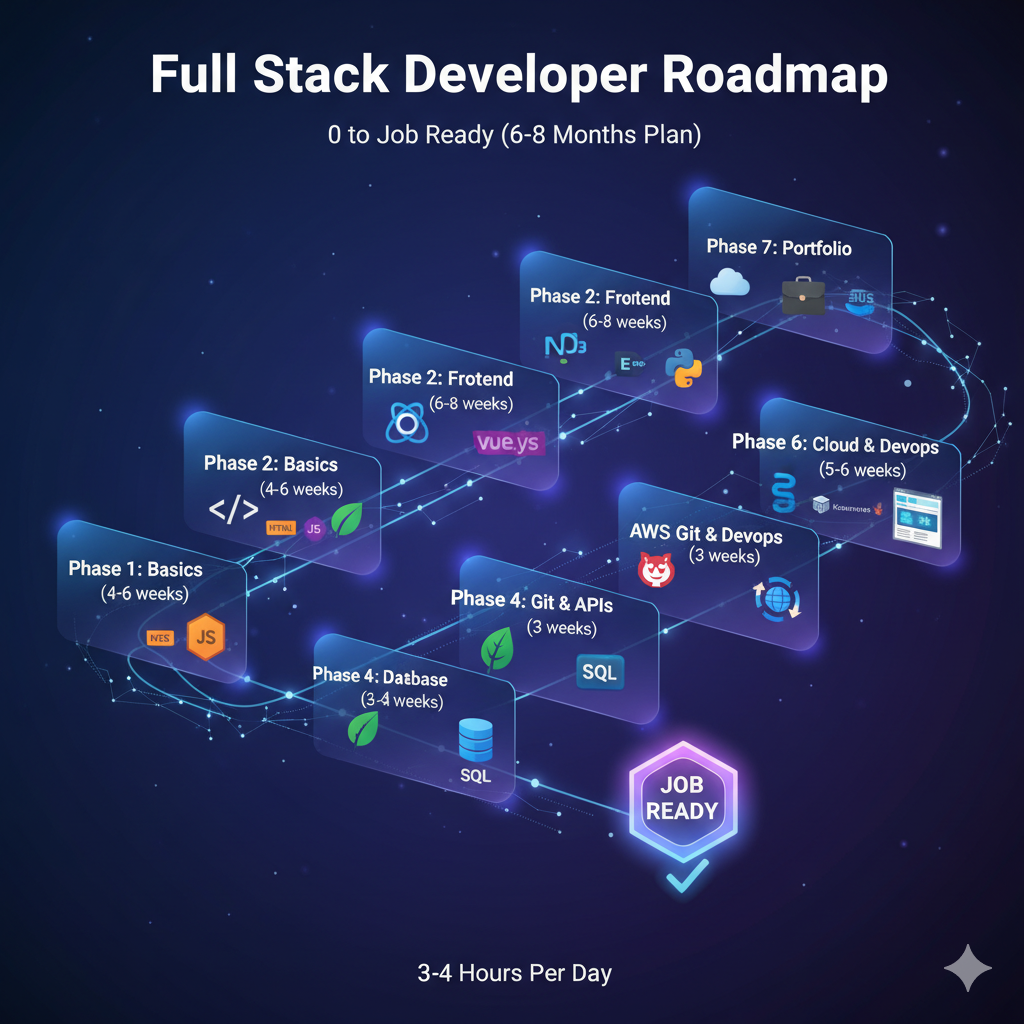
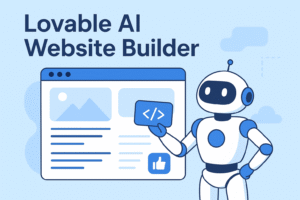
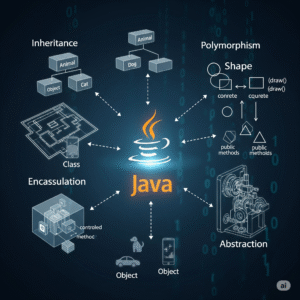
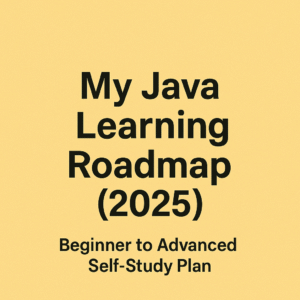
Highly energetic blog, I liked that bit. Will there be a part 2?
Thanks, This makes me so happy! Part 2 will come soon with more tips.